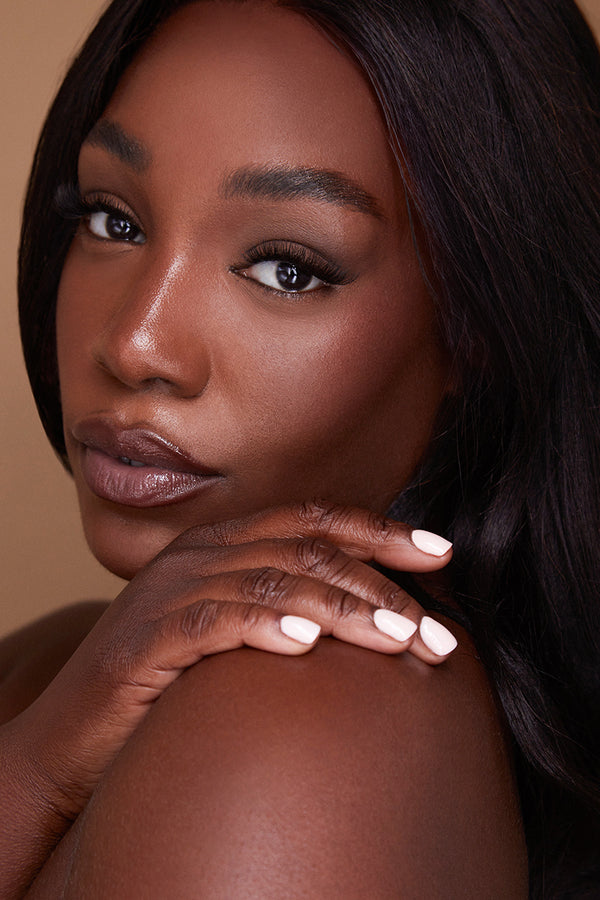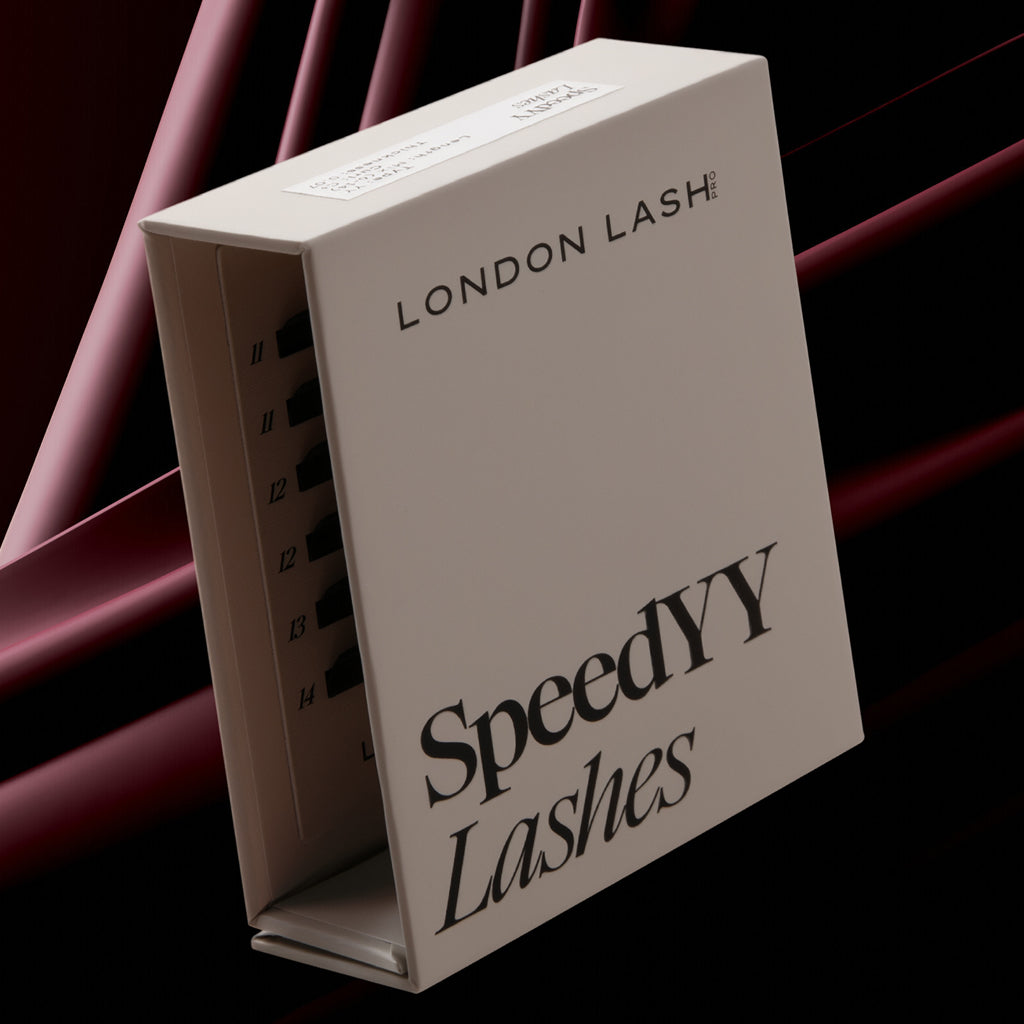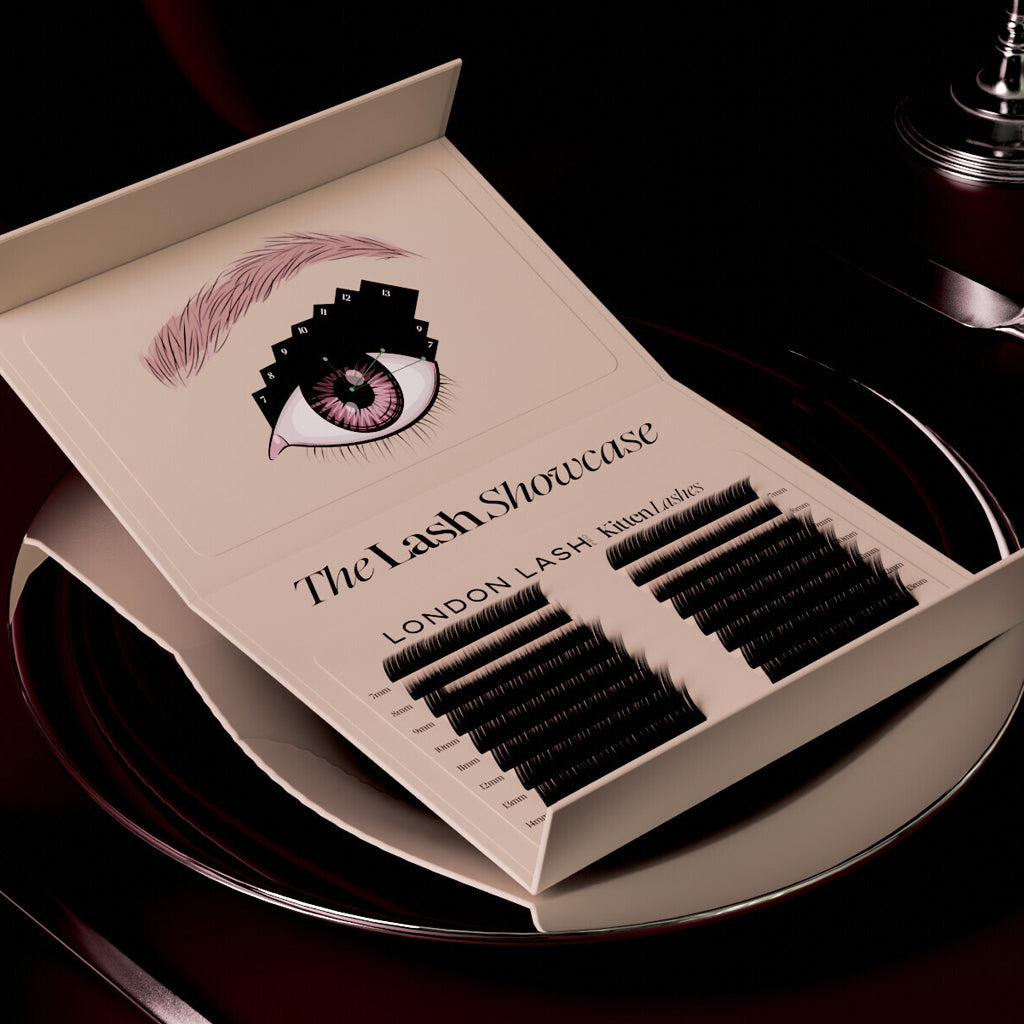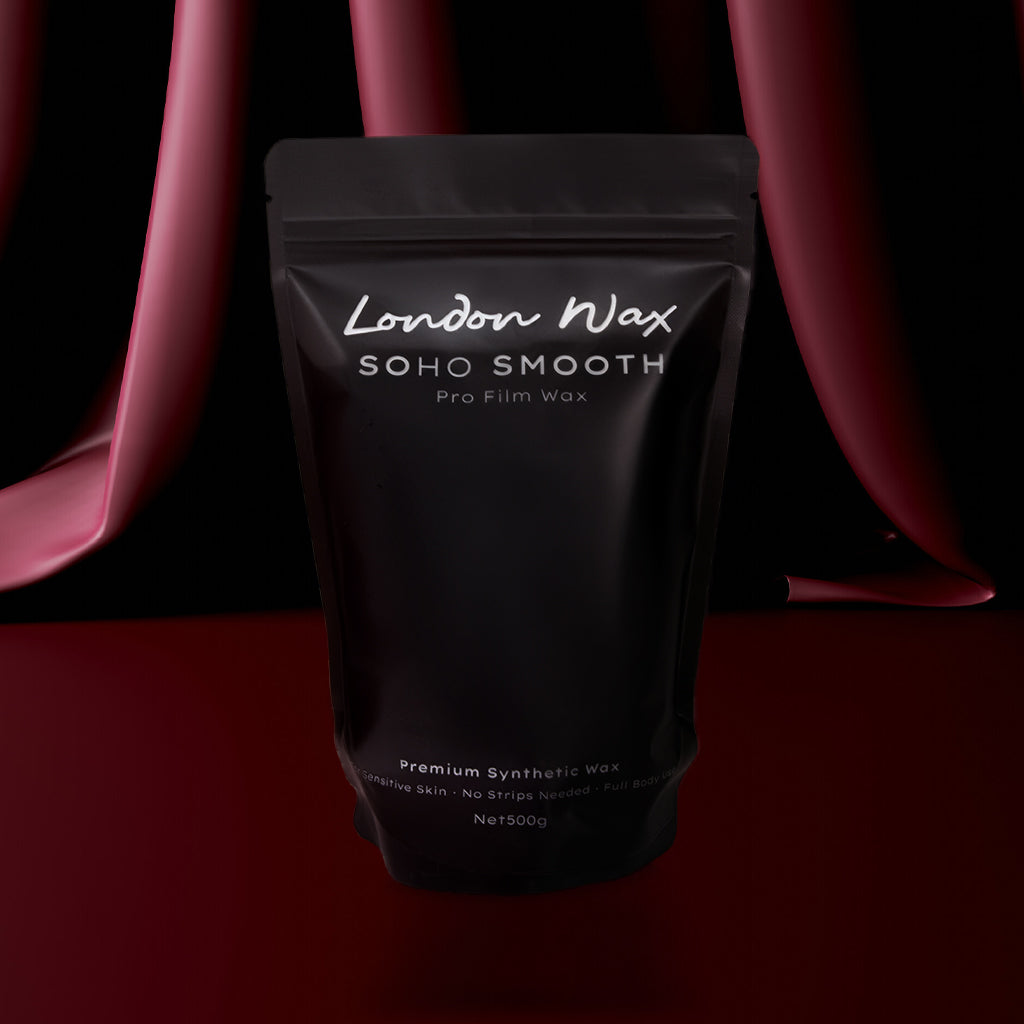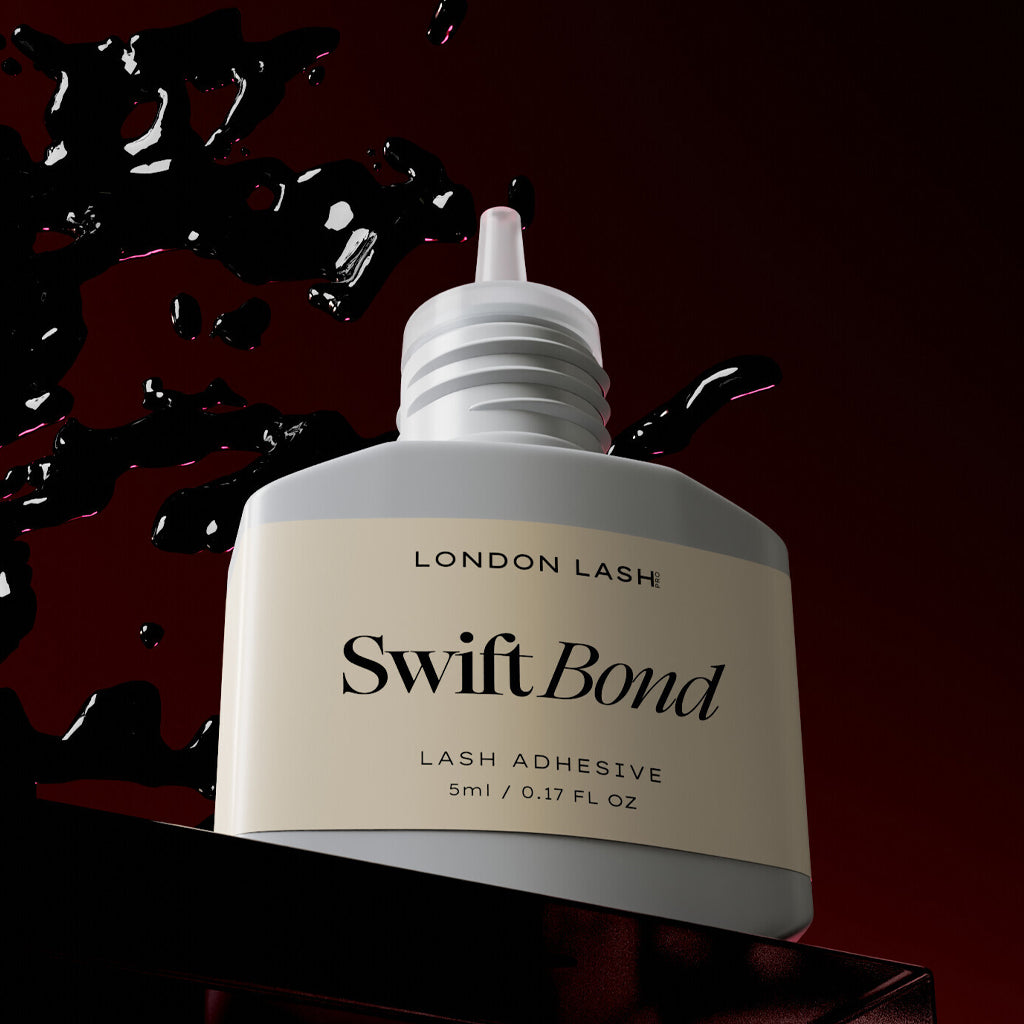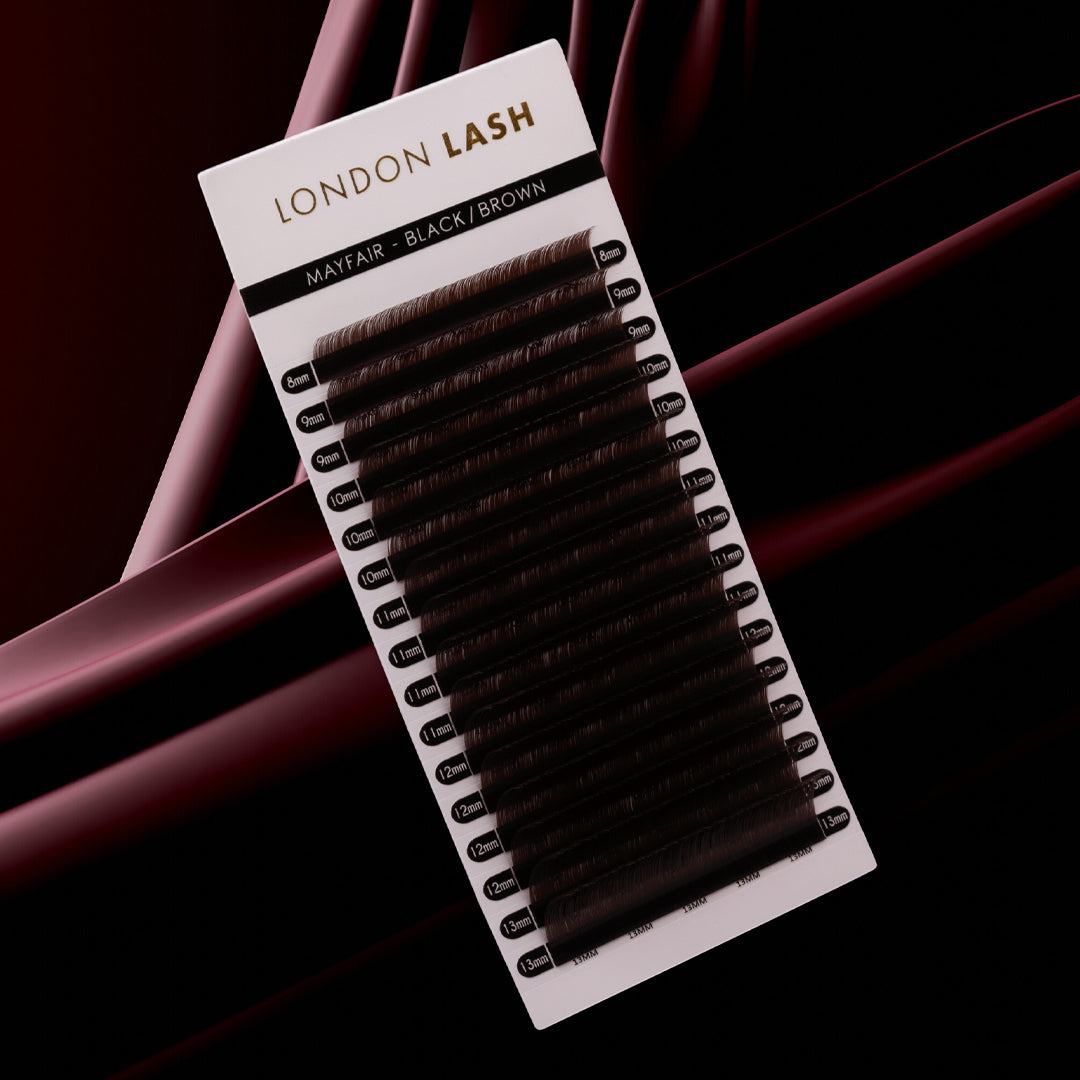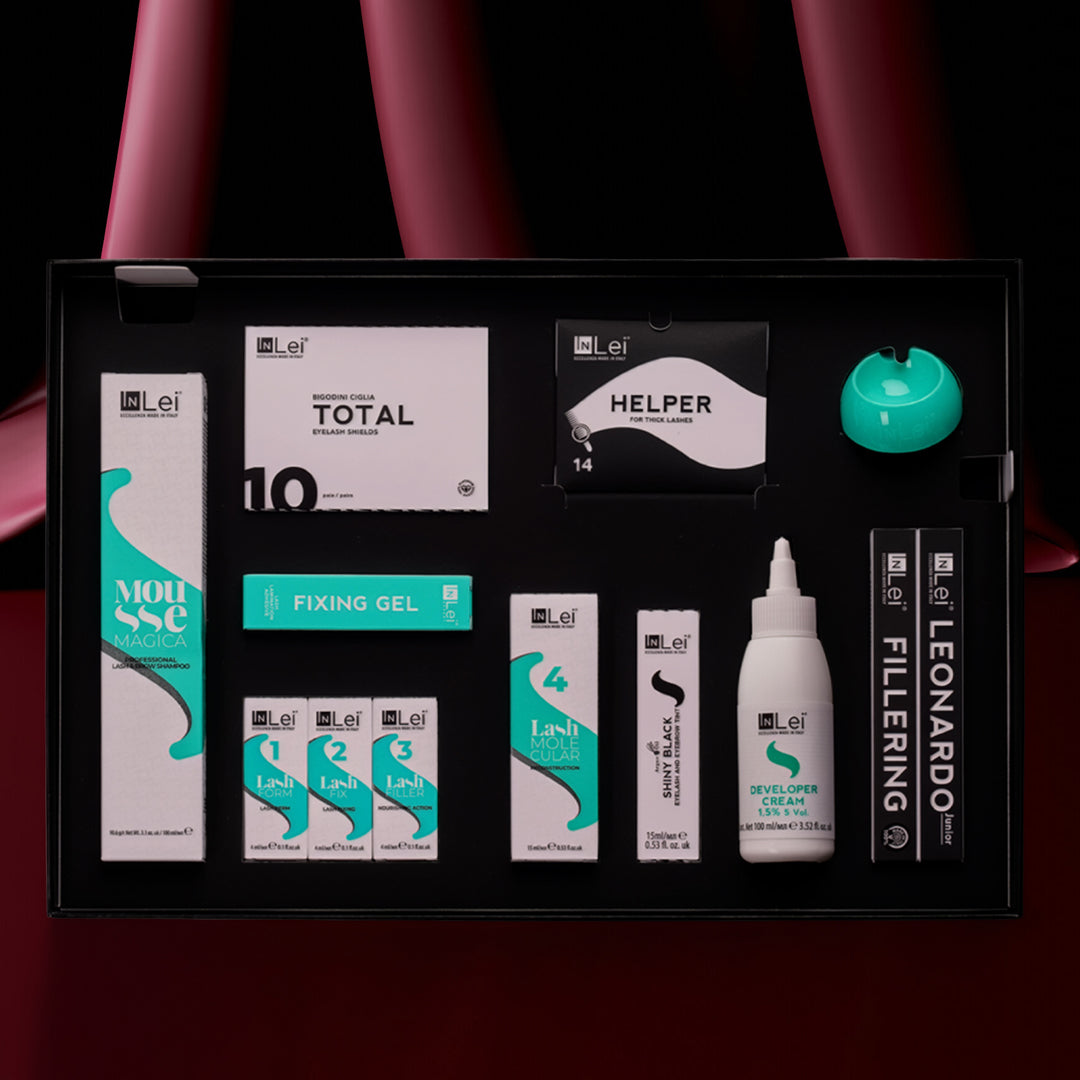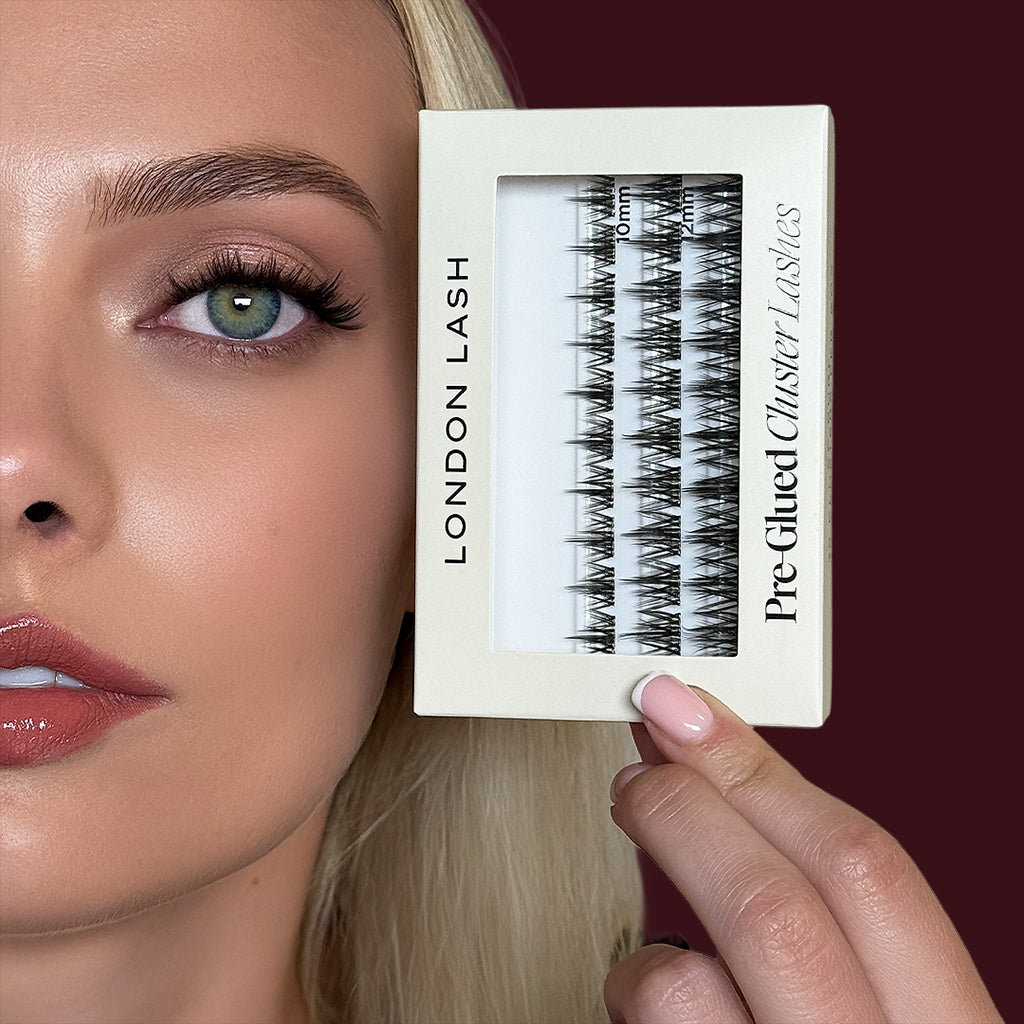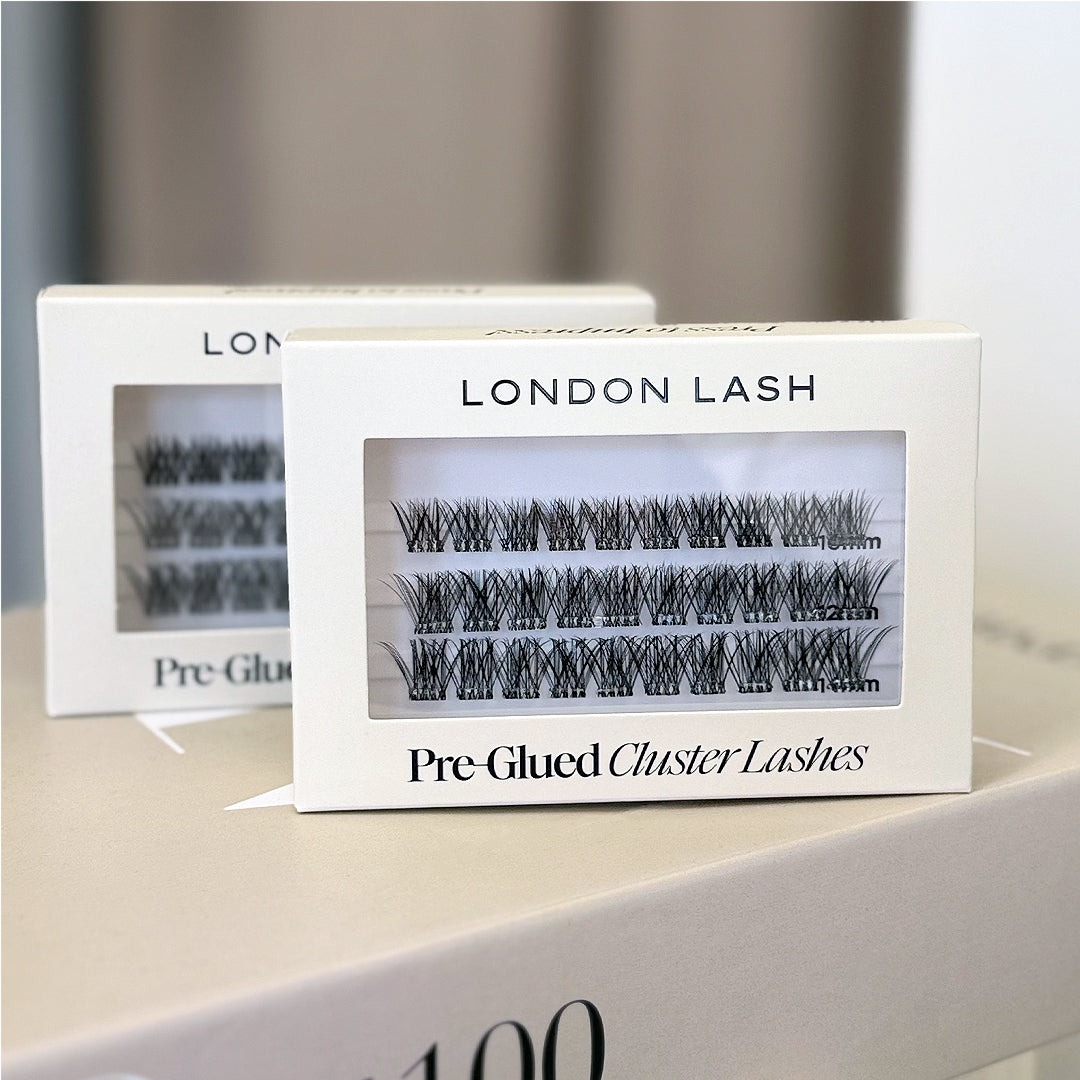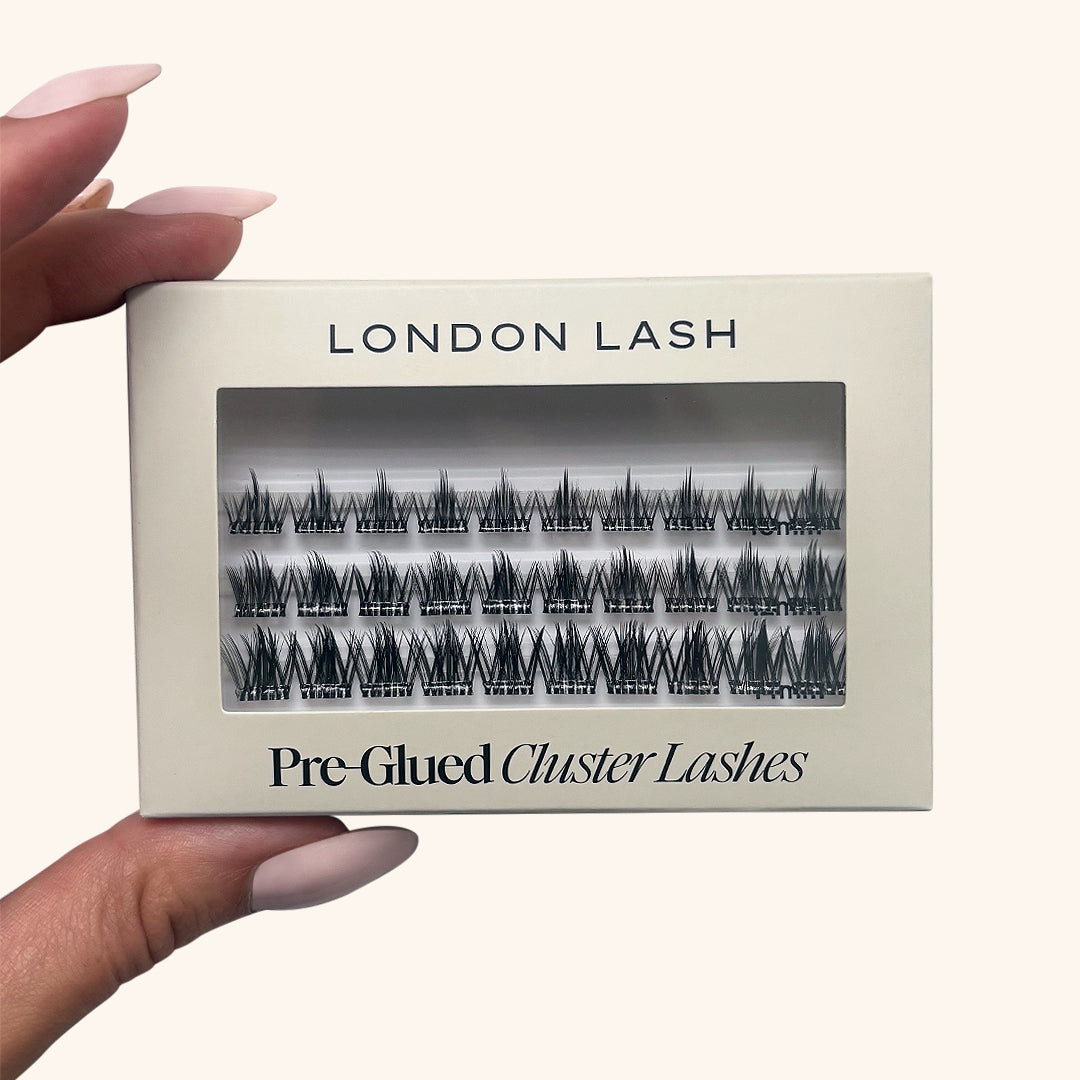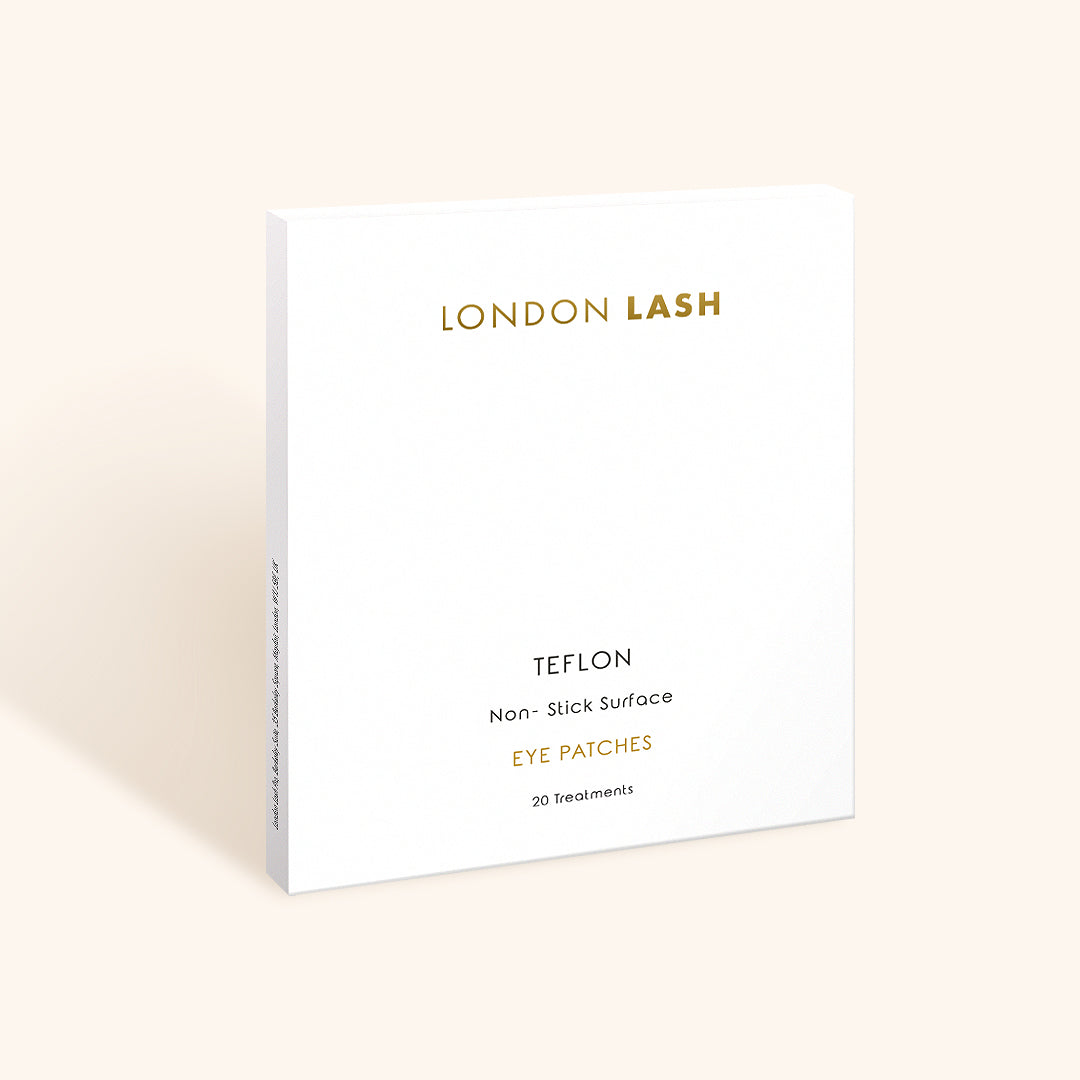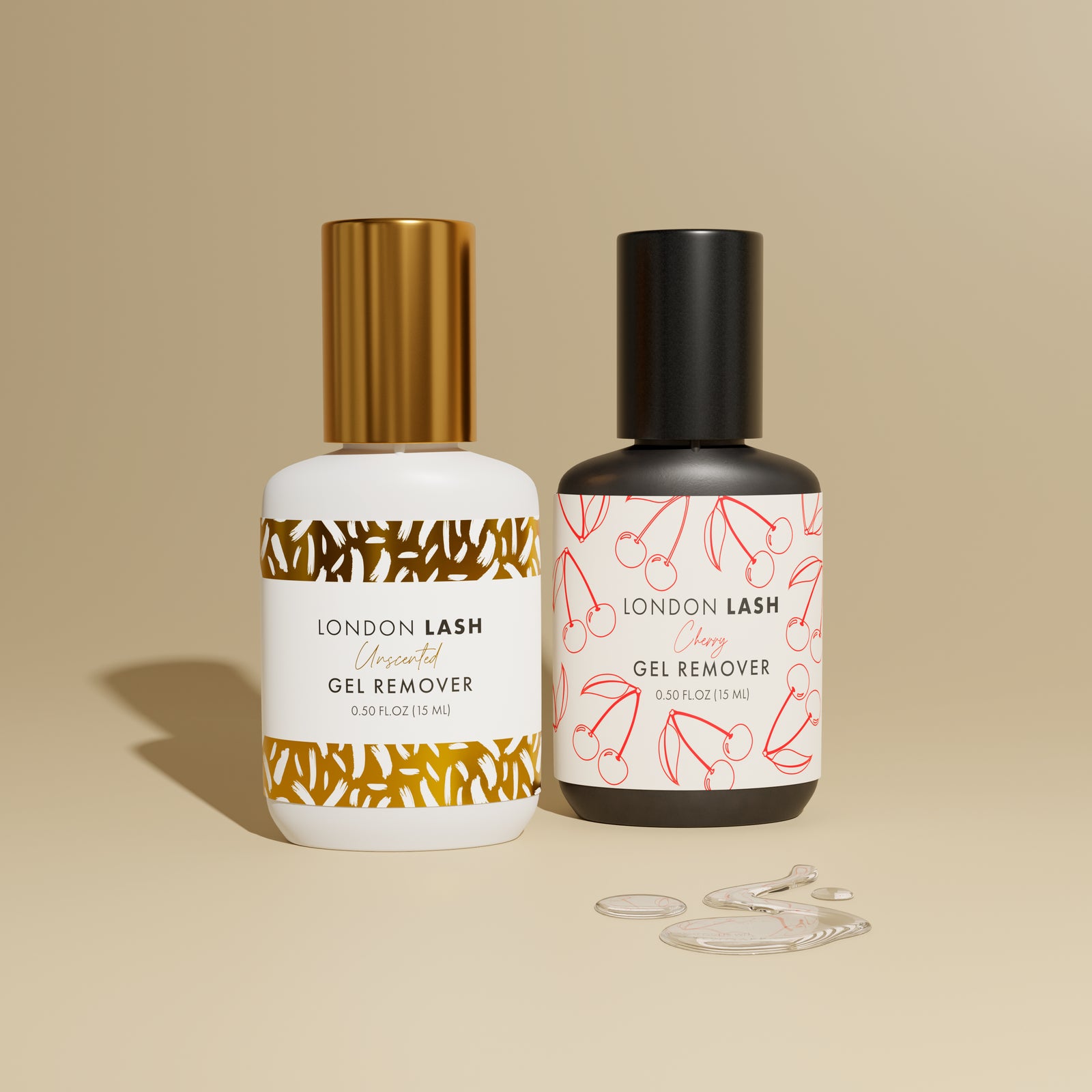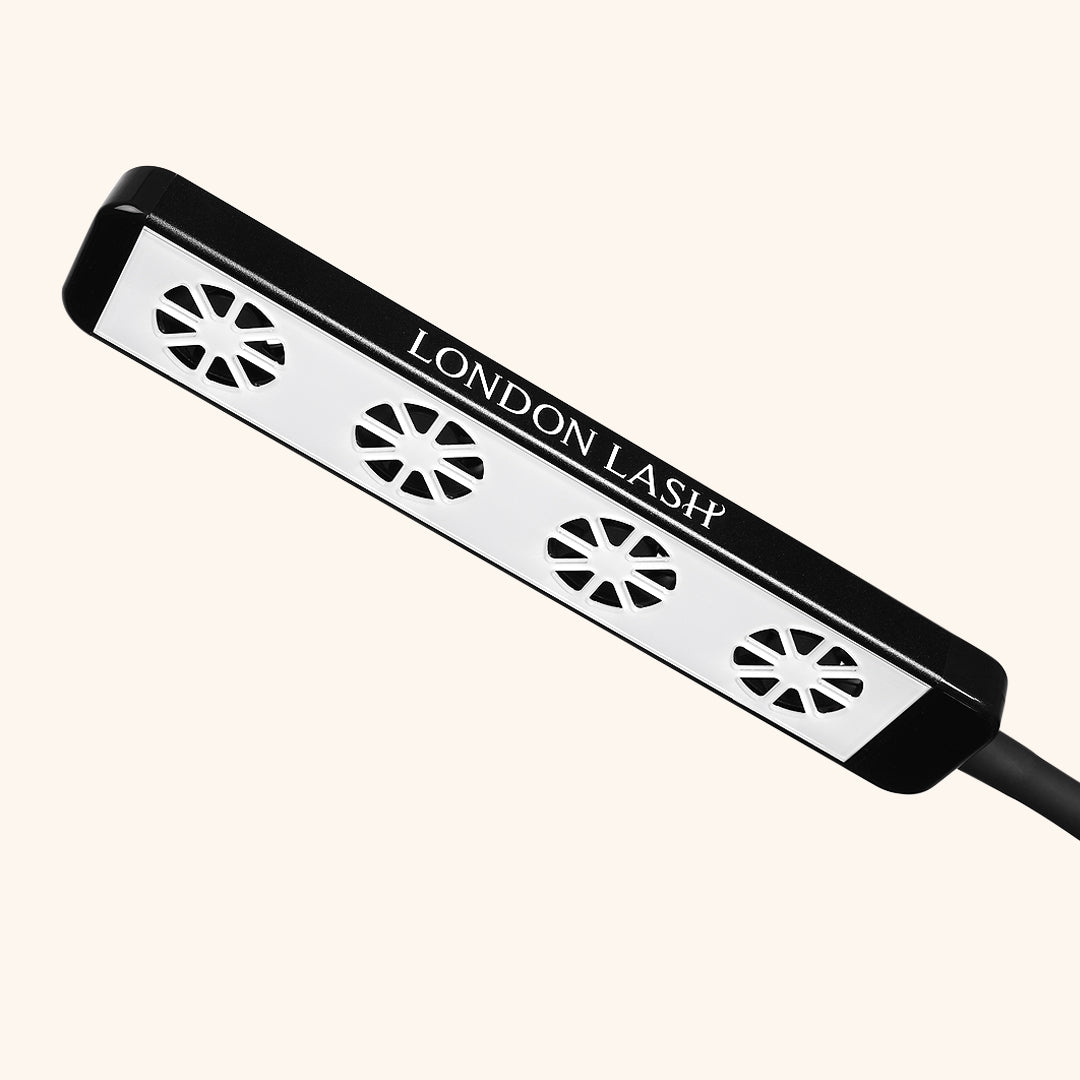Glues & Liquids
EYELASH EXTENSIONS
ONLINE TRAINING
Educators Club
UP TO 80% OFF
Pre-Glued Cluster Lashes
Our PRE-GLUED CLUSTER LASHES
Why Did My Client Have an Allergic Reaction?
4 min read

Why Did My Client Have an Allergic Reaction to Lashes?
One thing that keeps lash technicians up at night, is the fear of their client having an allergic reaction to their lash extensions. How do you recognise an allergic reaction? What should you do if your client has an allergic reaction? And can your client ever have lashes again after having an allergic reaction?
First and foremost, let’s take a look at why it’s actually your regular clients who are most likely to have an allergic reaction to eyelash extensions. Yes, you heard that right - the regulars!

The main ingredient in lash glue is cyanoacrylate, which also happens to be the main allergen (maybe 1 in 20 clients will be allergic to the black pigment in lash glue and not the cyanoacrylate, so you could give clear glue a try but it’s honestly safer to just leave it alone!).
An allergy to cyanoacrylate is an accumulative allergy, which means that the body builds up a resistance to it over time. You might do an infill on a client who’s been coming to you for 5 years without any issues, and you’ll suddenly get that dreaded ‘my eyelids are swollen!’ text.
What About New Clients?
New clients are also susceptible to allergic reactions to lash glue. Some people are more sensitive than others, so a new client can absolutely have an allergic reaction. It's worth remembering that anyone can have a reaction at any time, and it's important to let your clients know this.
My Client Had An Allergic Reaction, But I Did A Patch Test!
This is incredibly common, and is one of the reasons why patch testing for eyelash extensions isn’t enforced in the same way that it is for tinting treatments. In the earlier days of eyelash extensions, insurance companies would insist that you patch tested the lash glue by applying a bit of glue behind the client’s ear. This is so incredibly inaccurate that it's utterly pointless, and even a little unsafe to patch test in this way.
Why? Well, for one thing, your lash glue should never ever be touching the skin! It’s the fumes which cause the reaction and not the glue itself. Secondly, lash glue - much like superglue - produces an exothermic reaction, which means that it generates heat.
If you apply lash glue to a cotton pad or cotton bud, it will produce smoke. Apply it to the skin and you’re very likely to feel some heat on the skin under the glue. Removing the glue from the skin will also cause some irritation as, again, glue remover is not supposed to touch the skin. So not only is it uncomfortable, but it’s wildly inaccurate!

Now consider a proper patch test for lash extensions - you apply 10-20 extensions on both eyes and see what happens. Will they react? If they’re very sensitive then yes, they will. But consider this, we have 80-150 lashes per eye on average. Covering 10 lashes out of 80 won’t expose you to the same level of fumes, so it’s actually really common for a client to show no signs of a reaction during the patch test, and then react to the full set.
Thankfully, insurers are actually listening to lash techs and trainers now, and refer you back to the supplier to check on their specific patch testing policy. When it comes to patch testing, there’s no real one-size-fits-all answer, and no inherently wrong answer with regards to ‘do you patch test or not’ - the most important thing is making your client fully aware of the risks during their first consultation with you.
Getting them to sign something that says they have had this explained and understand the risks is best in any case, and whether you enforce or just offer patch tests is entirely your own decision as a lash technician and business owner.

Can the Lash Glue's Ingredients Cause an Allergic Reaction?
Well yes, but it’s not the glue’s fault. That is to say, nothing has changed in your regular glue, and it’s most likely not because you swapped to a new glue. No lash glue on the market which you source from a recognised lash supplier is dangerous. They all undergo rigorous testing, and are registered with government bodies which ensure they are safe for the use they are intended for.
We can’t speak for all eyelash extensions companies, but we wouldn’t simply change the glue’s ingredients. If we felt that a new ingredients list was in order, we would simply introduce a new glue with that specification, which has been tested, checked, registered, and quality controlled before launch.
Ultimately, when it comes to allergic reactions, it’s best to always be prepared for your client experiencing a reaction. To help prevent a reaction you can try using Superbonder at the end of your treatment. It instantly cures the glue without causing it to become brittle. Once the glue is cured, there are no more fumes, which means there's nothing to react to!
If you’re not sure how to recognise an allergic reaction, you can check out this post which goes into a bit more detail.
Check out these featured products
Subscribe
Sign up to get the latest on sales, new releases and more …
